Key Features to Look for When Purchasing a Spirometer | CMI Health
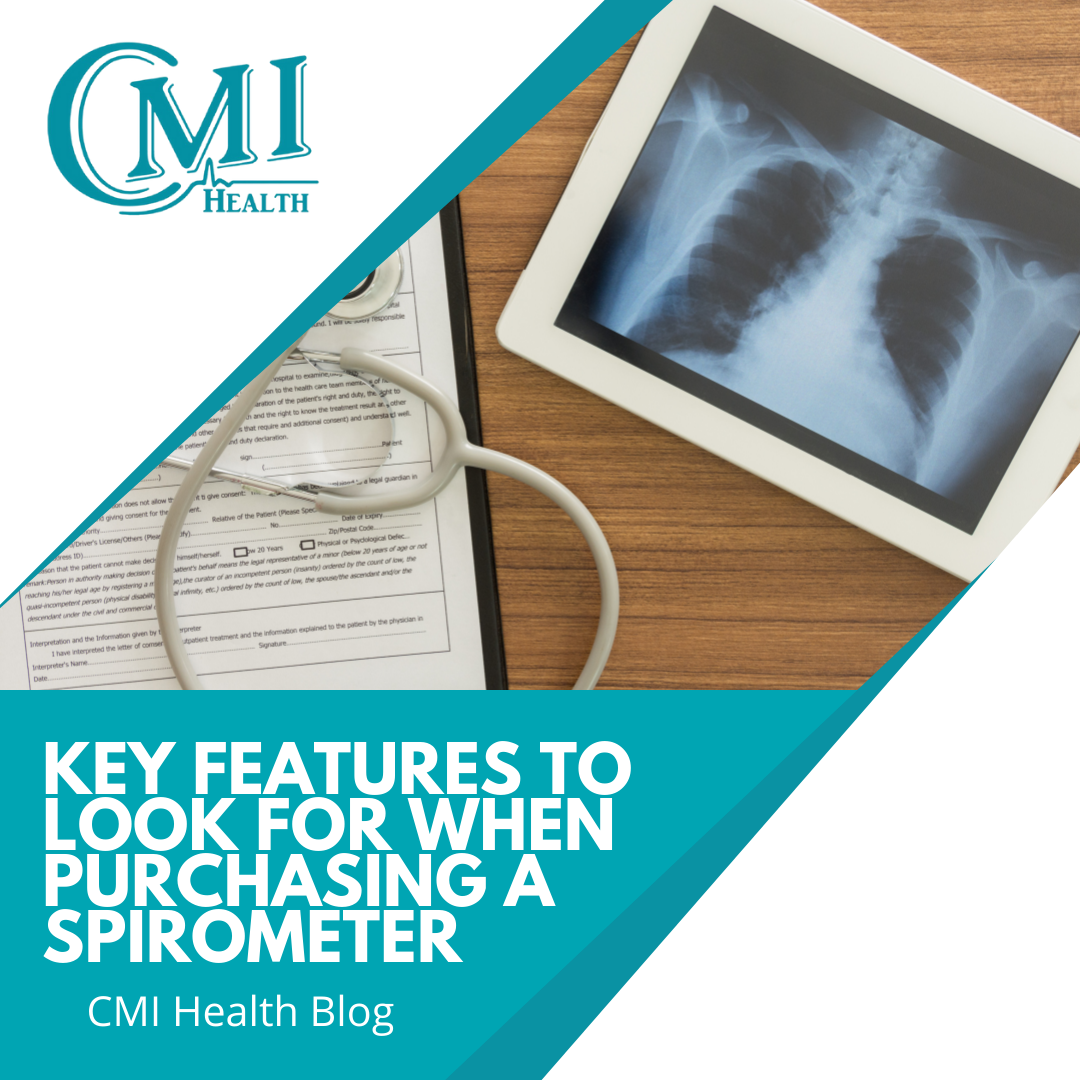
What is Spirometry?
Spirometry is an important clinical tool used to measure how well a person's lungs are working. It does this by measuring how much air you are able to exhale and how quickly. It is often used to diagnose and monitor those with asthma, COPD, and other conditions that may affect a user's ability to breathe properly (Mayo Clinic).
This means those with chronic breathing disorders can use an at-home spirometer, such as our SpiroLink®, to monitor their breathing treatments and overall lung condition. With the SpiroLink, users can record their breathing data and present it to their physician for further professional review
See Understanding the Basics of Spirometry for a more in-depth look at what Spirometry is, and how it is used at home or in professional medical settings.
Key Features to look for when purchasing a Spirometer
When shopping for a spirometer, it is good to consider certain variables that may help you to distinguish between your options. This includes important features such as the device’s ability to measure PEF, FEV1, and FVC.
FVC - This is the largest amount of air that you can forcefully exhale after breathing in as deeply as you can. A lower-than-normal FVC reading indicates restricted breathing (Mayo Clinic).
FEV1 – This is how much air you can force from your lungs in one second. This reading helps your doctor assess the severity of your breathing problems. Lower FEV-1 readings indicate more significant obstruction (Mayo Clinic).
Peak Expiratory Flow (PEF): The peak expiratory flow, also called peak expiratory flow rate, is a person's maximum speed of expiration.
Other important variables include:
-
Battery Type (rechargeable vs battery operated)
- For those who plan to use the device often, a rechargeable spirometer may be more suitable in the long run as it may help the user avoid replacement battery costs.
-
FDA Clearance
- The device has been reviewed and approved by the FDA based on it meeting certain standards. If you are seeking reliable medical equipment, we suggest only purchasing technology that has been FDA Cleared.
-
Sensor Type (pressure sensor vs spinning rotor)
- Pressure sensors are new and innovative technology that prevent excess debris from entering the device, therefore making it less susceptible to outside damage. This improves device durability and lifespan.
-
Bluetooth Enabled
- Some spirometry devices, such as SpiroLink®, are able to wirelessly connect to your iOS or Android phone. Read our “Benefits of Bluetooth Enabled Health Monitors” blog for more information.
-
Disposable Filter Option
- Having the ability to use disposable filters may benefit those who intend to use the device with multiple users.
-
Digital Display
- Digital displays allow the user to obtain and review their data in real-time, all from one device.
-
Access to Downloadable Data
- For those that wish to monitor or share their key lung health ratios, it may be necessary for you to purchase a device capable of recording and transmitting data.
Below is a chart designed to provide you with a quick understanding of what devices are currently available on the market:

For more information on different types of Spirometers, click here. If you have any questions or concerns regarding this topic, please contact us at info@cmihealth.com or call our customer service line at 888-985-1125 (ext. 1).




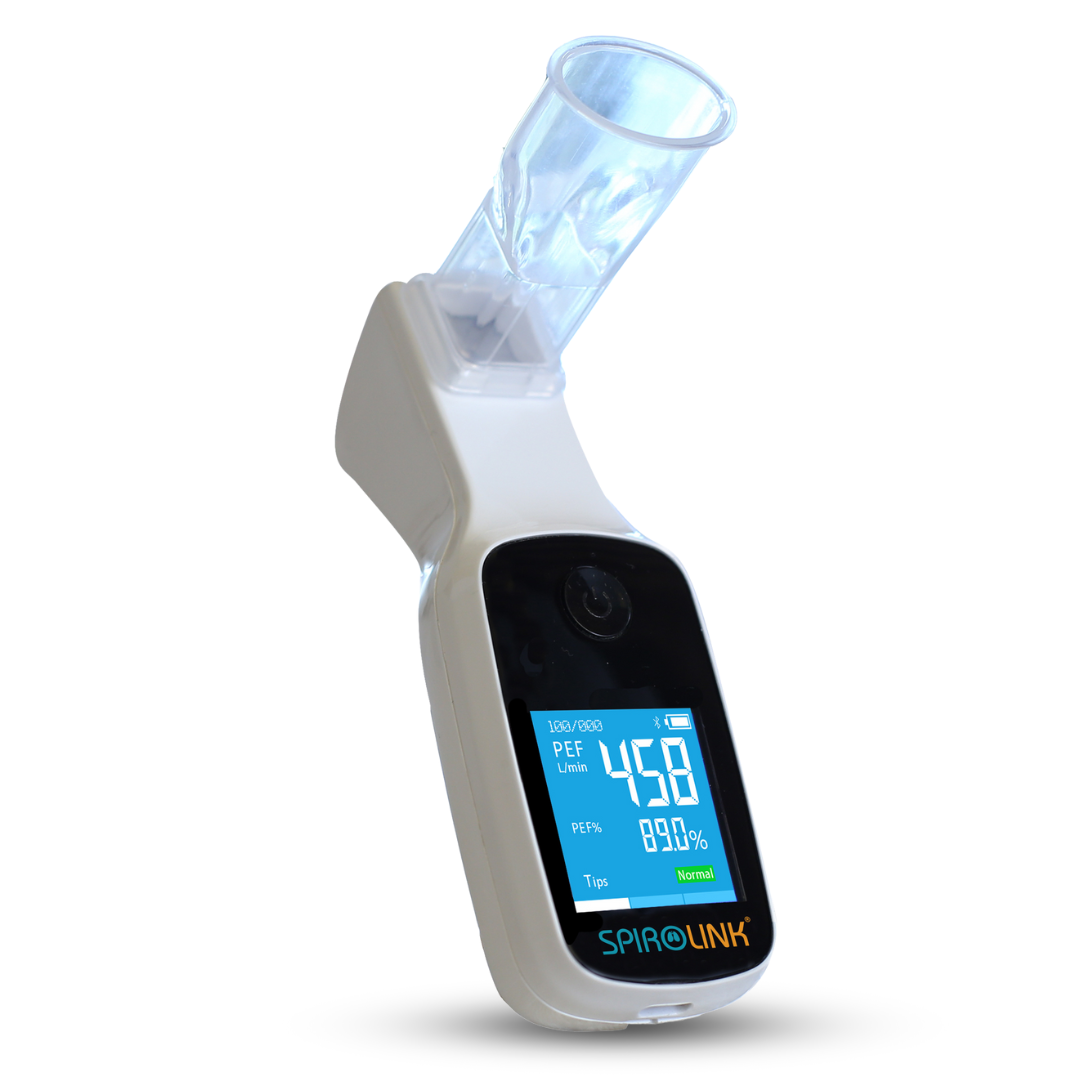
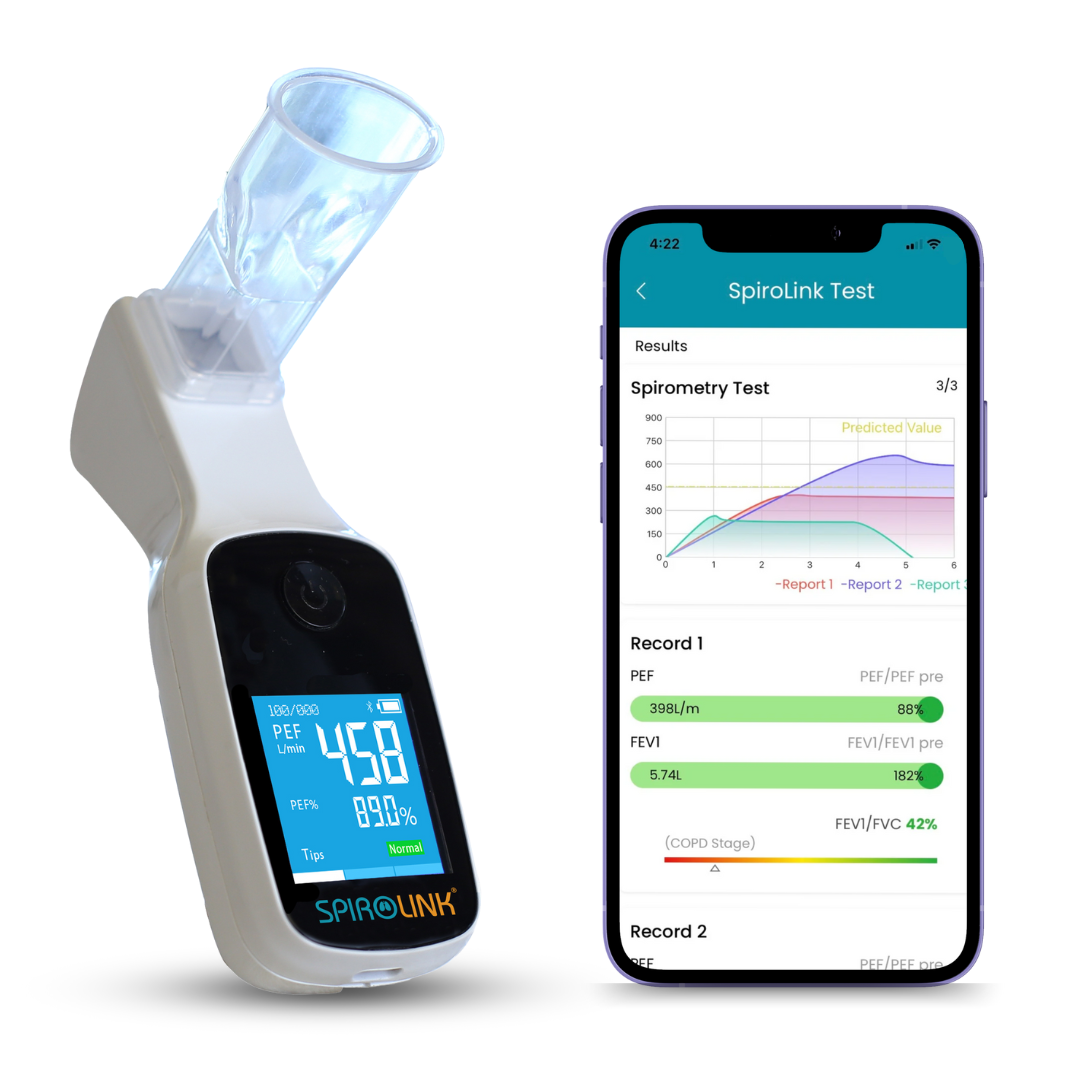
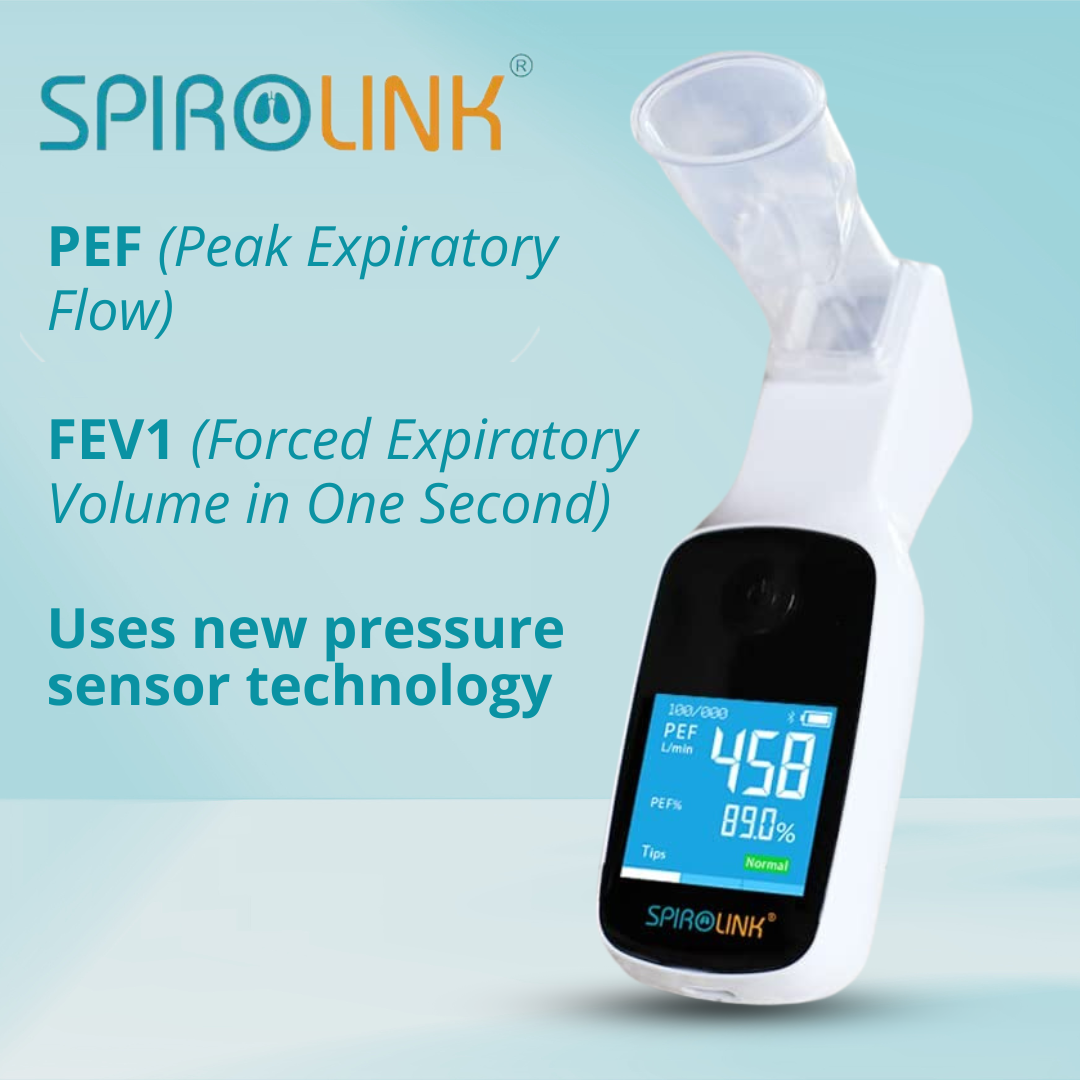
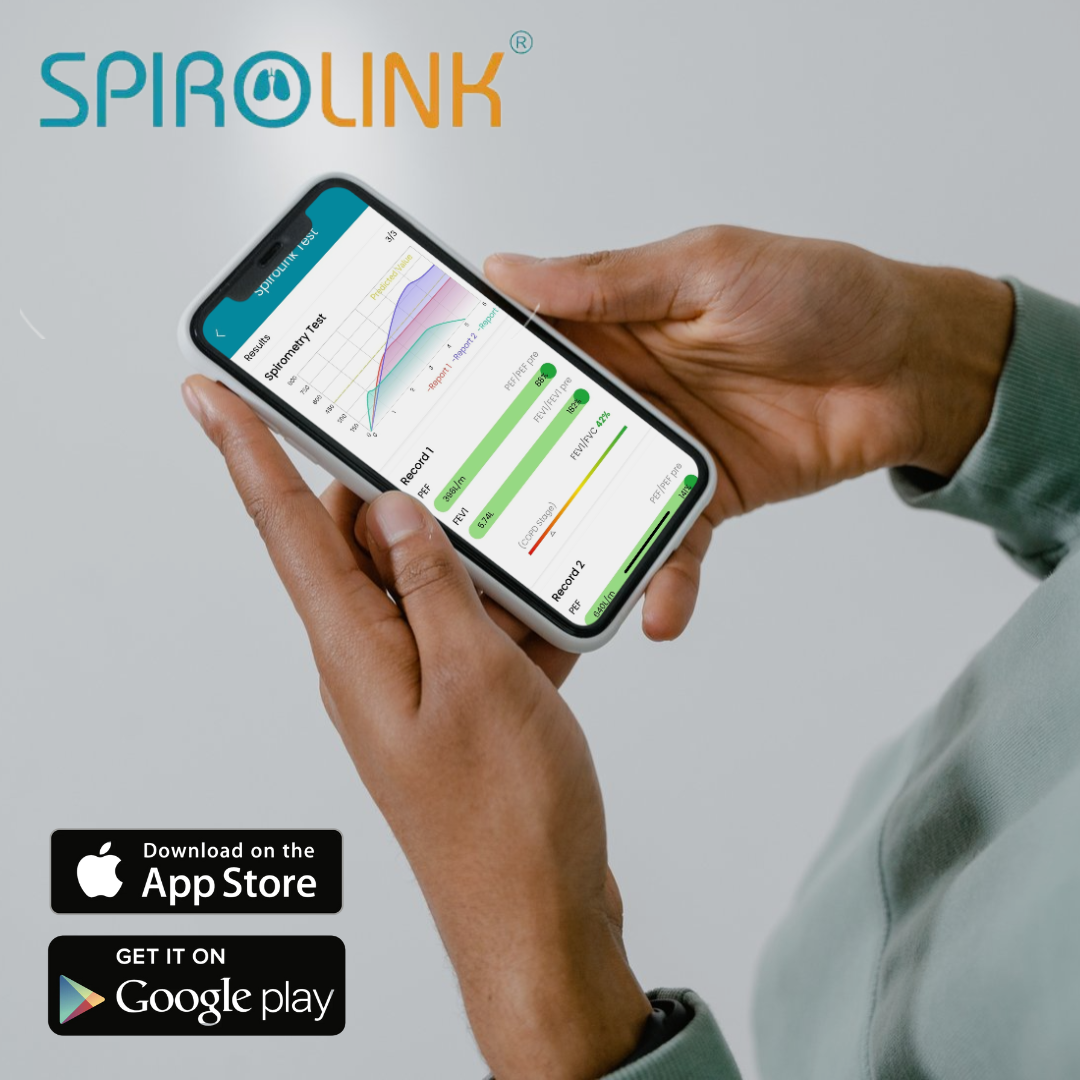
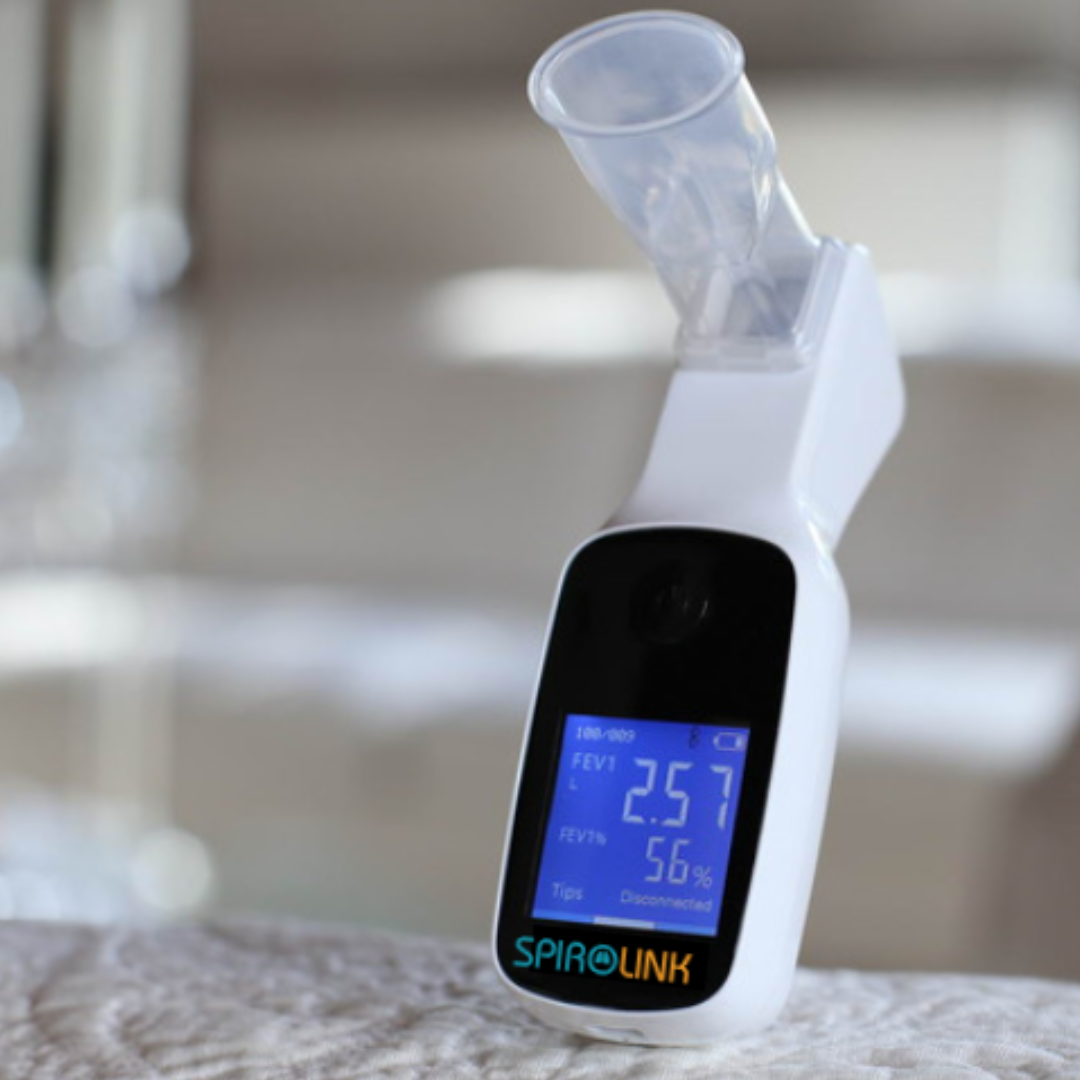
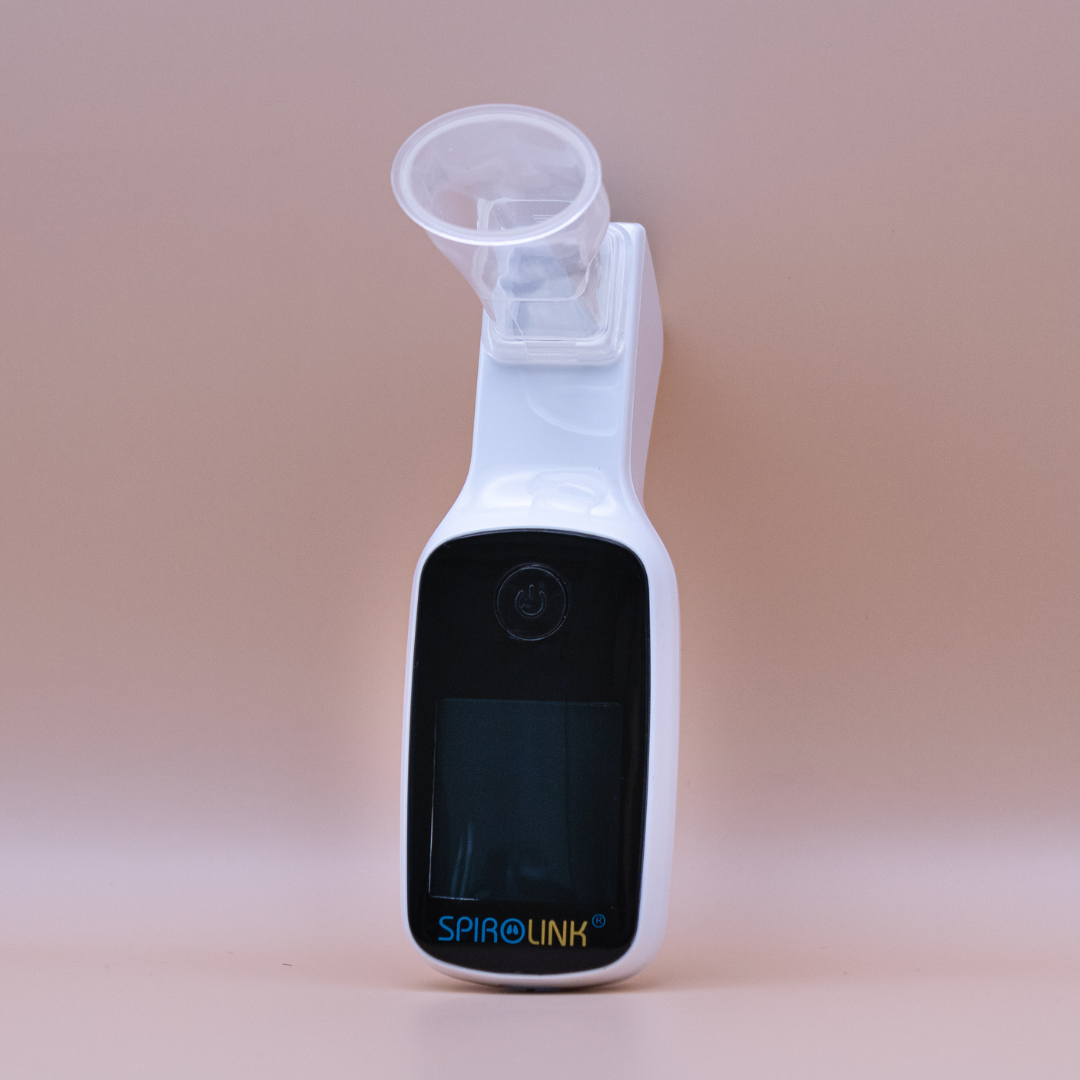

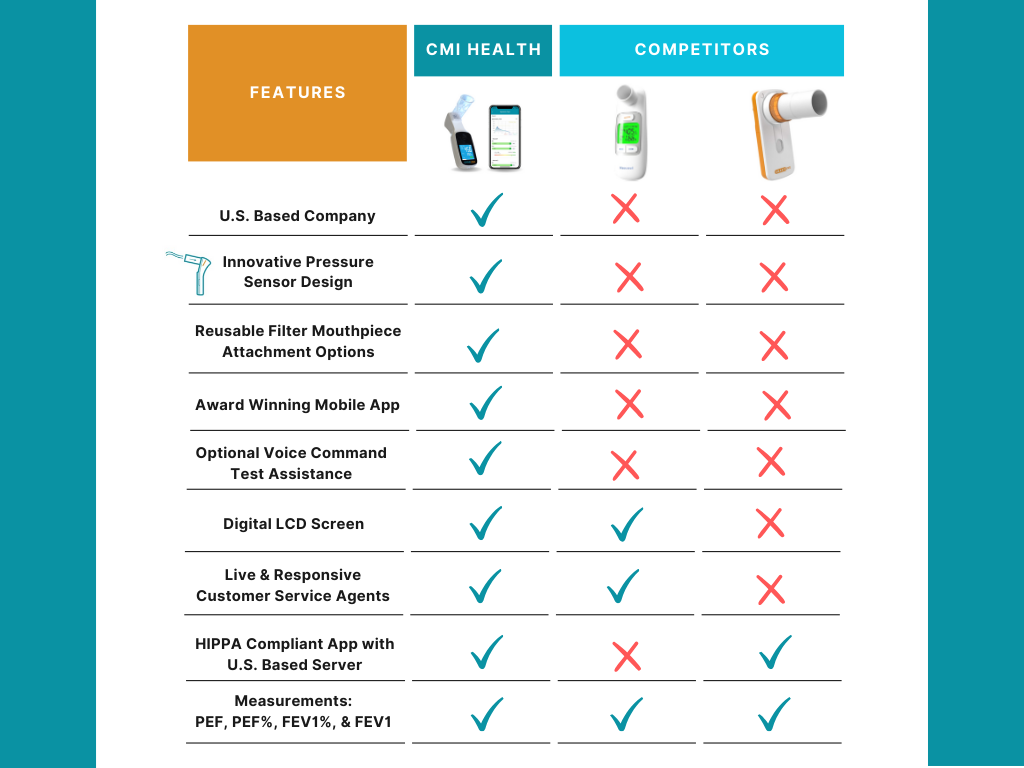
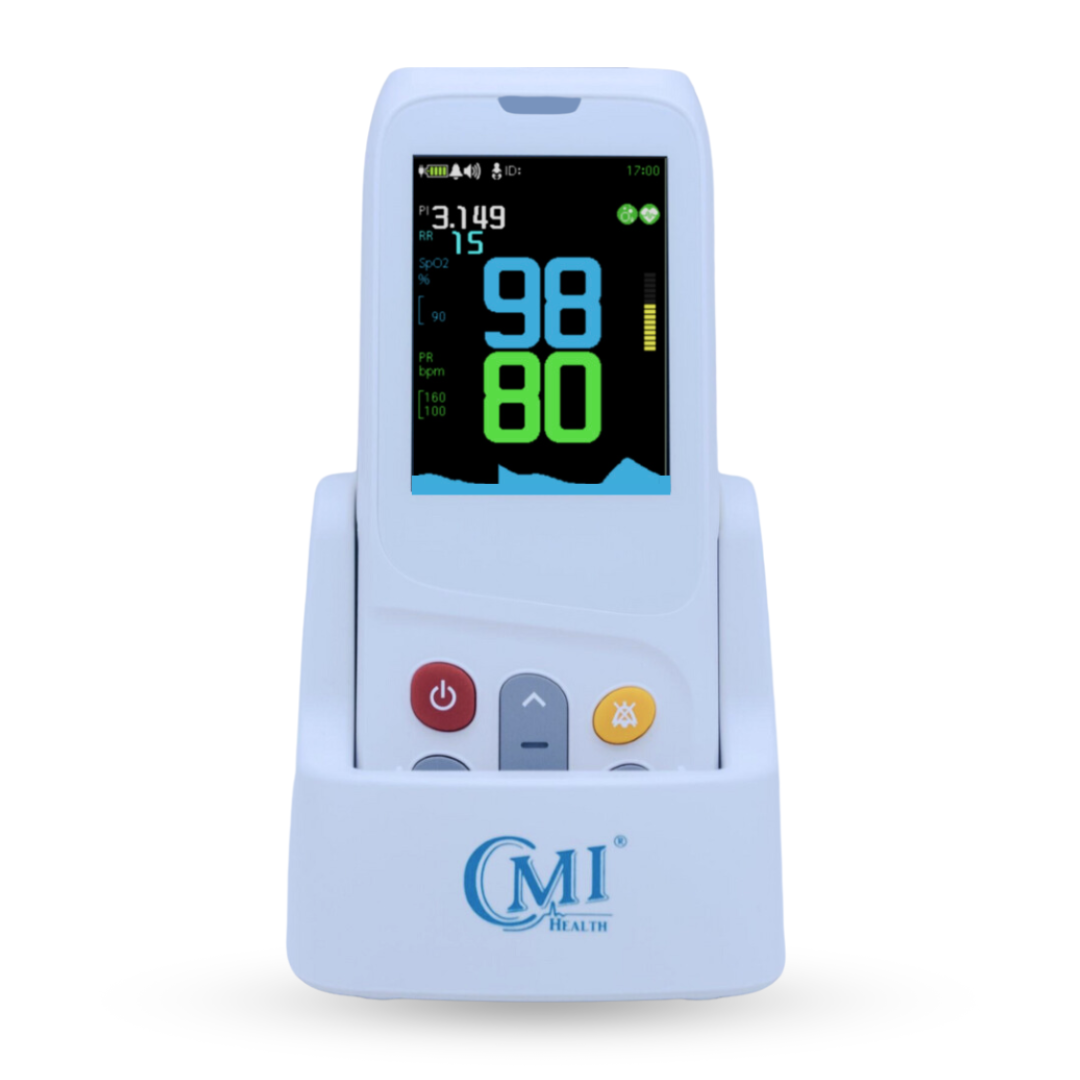
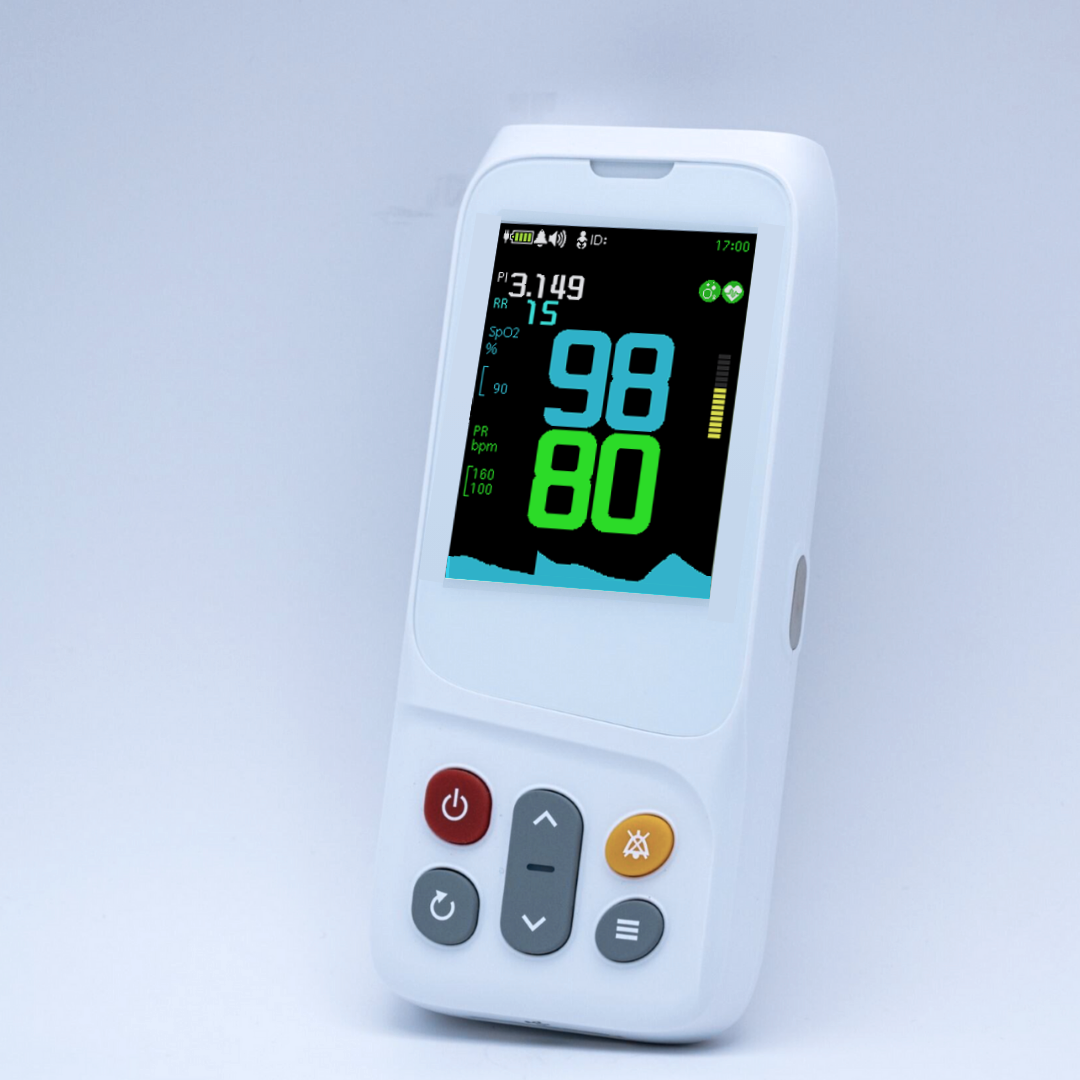
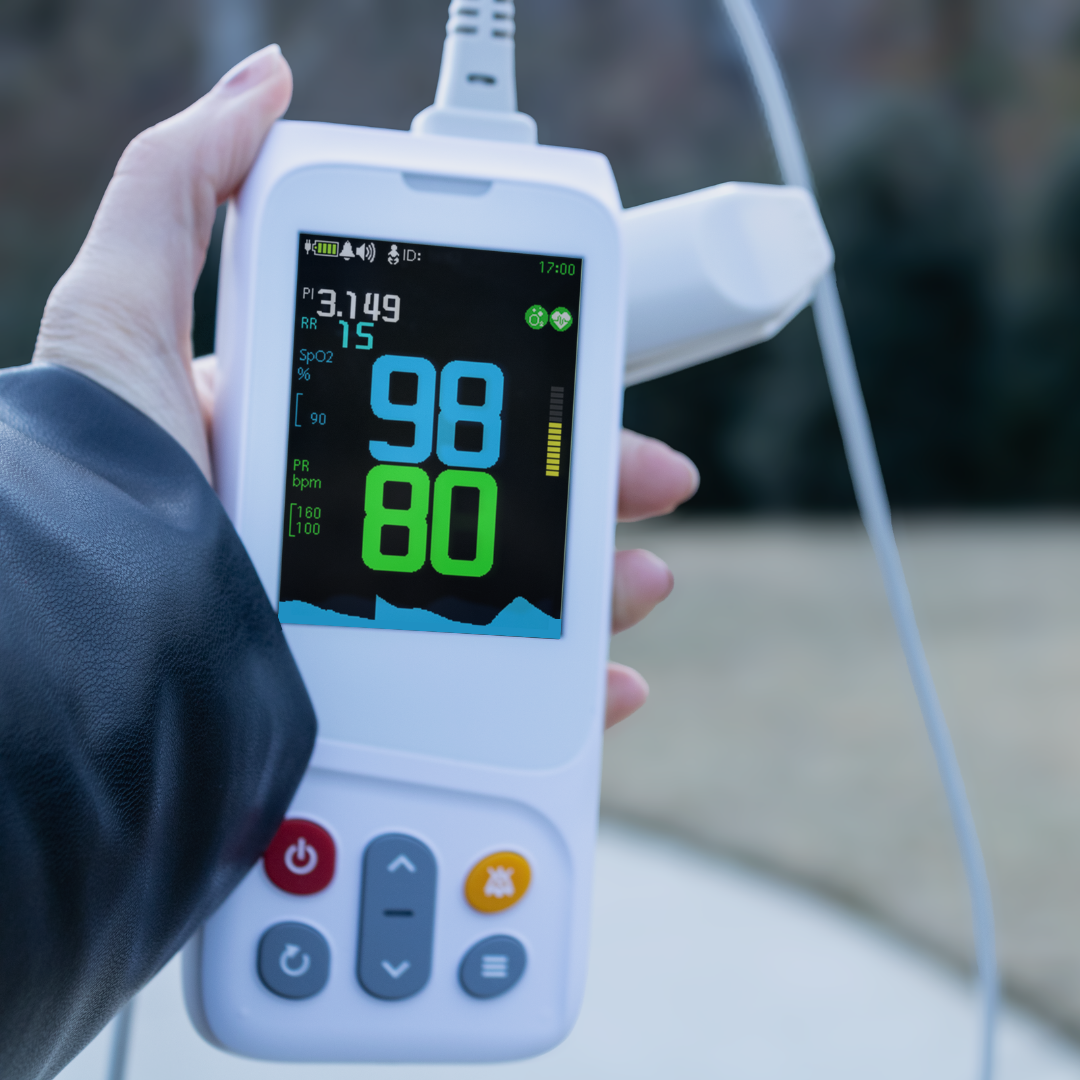
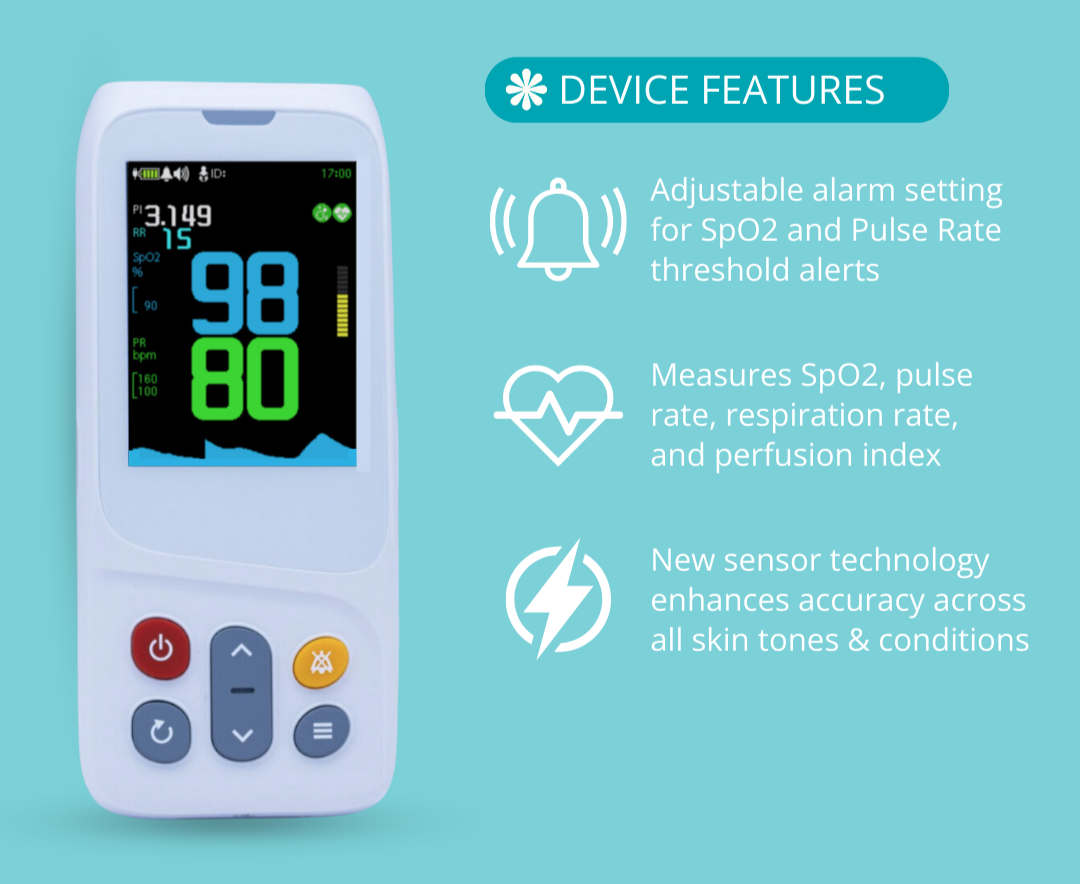
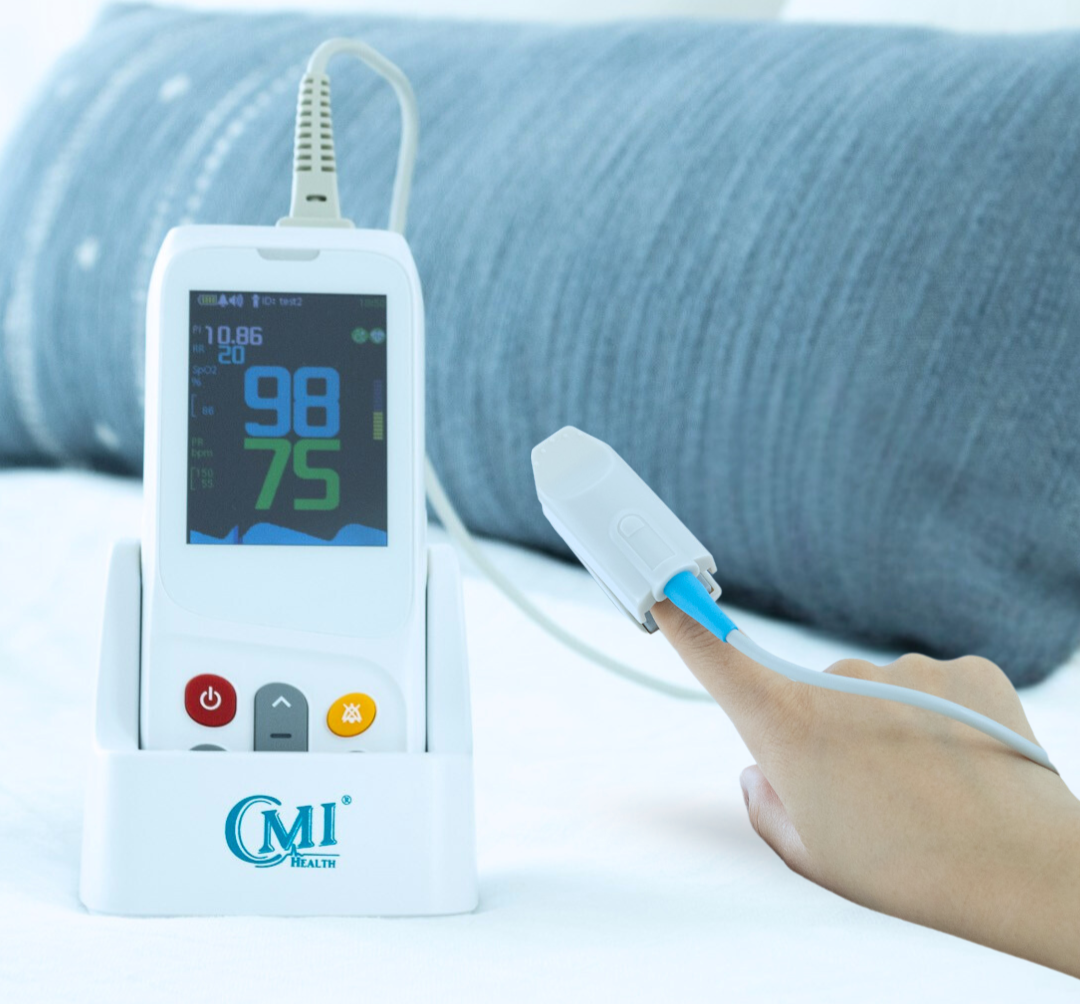
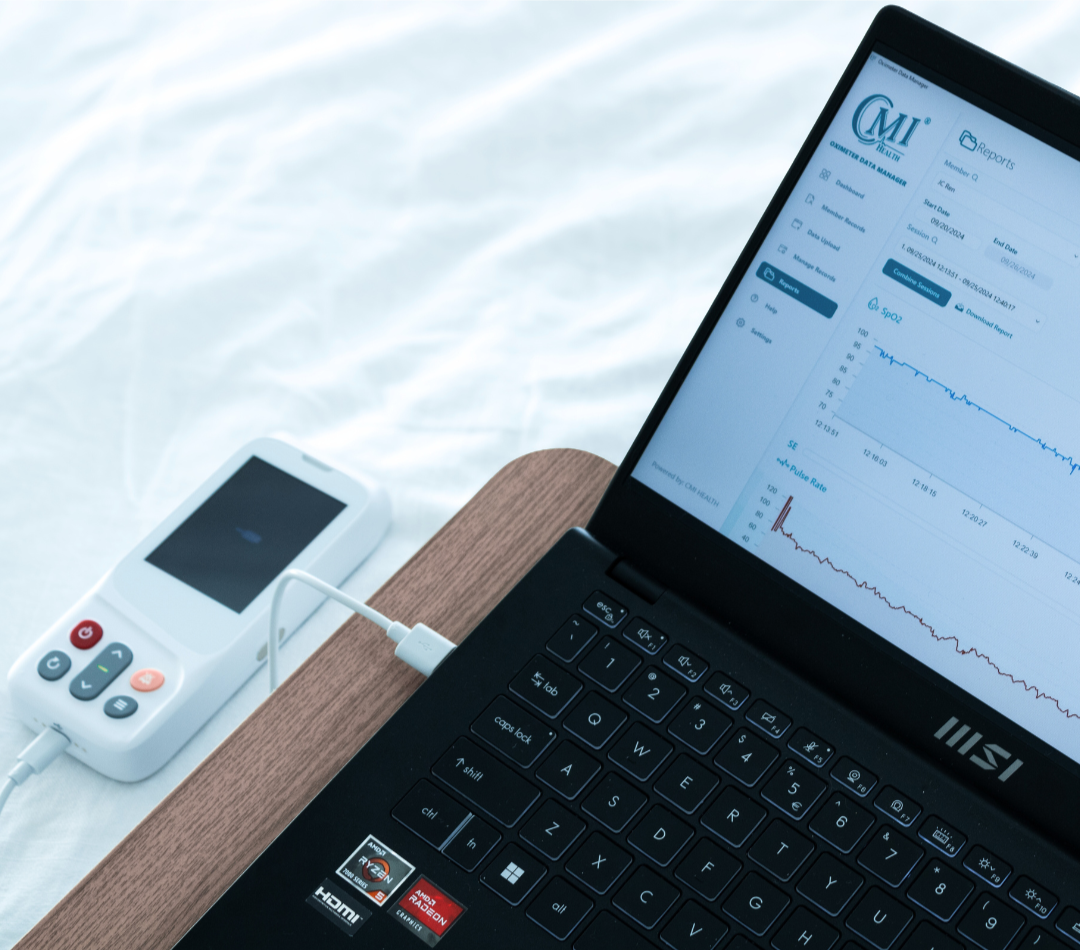
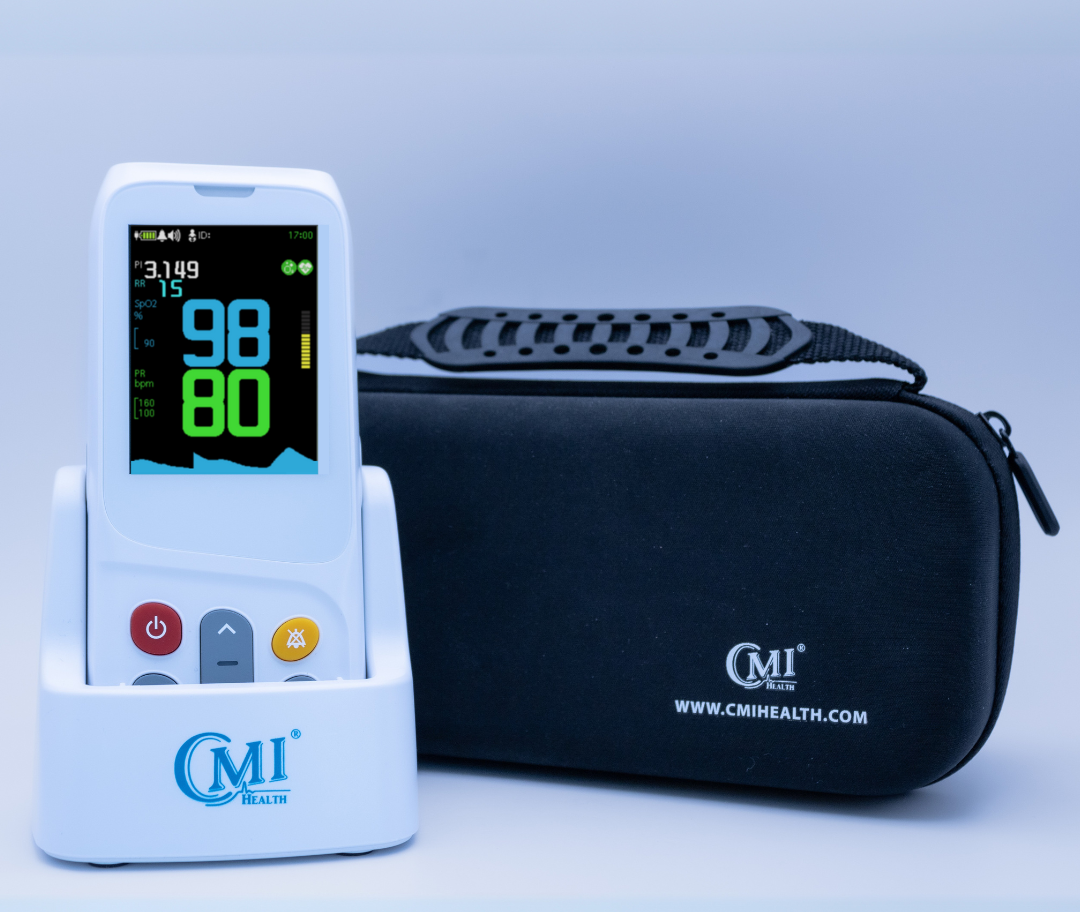
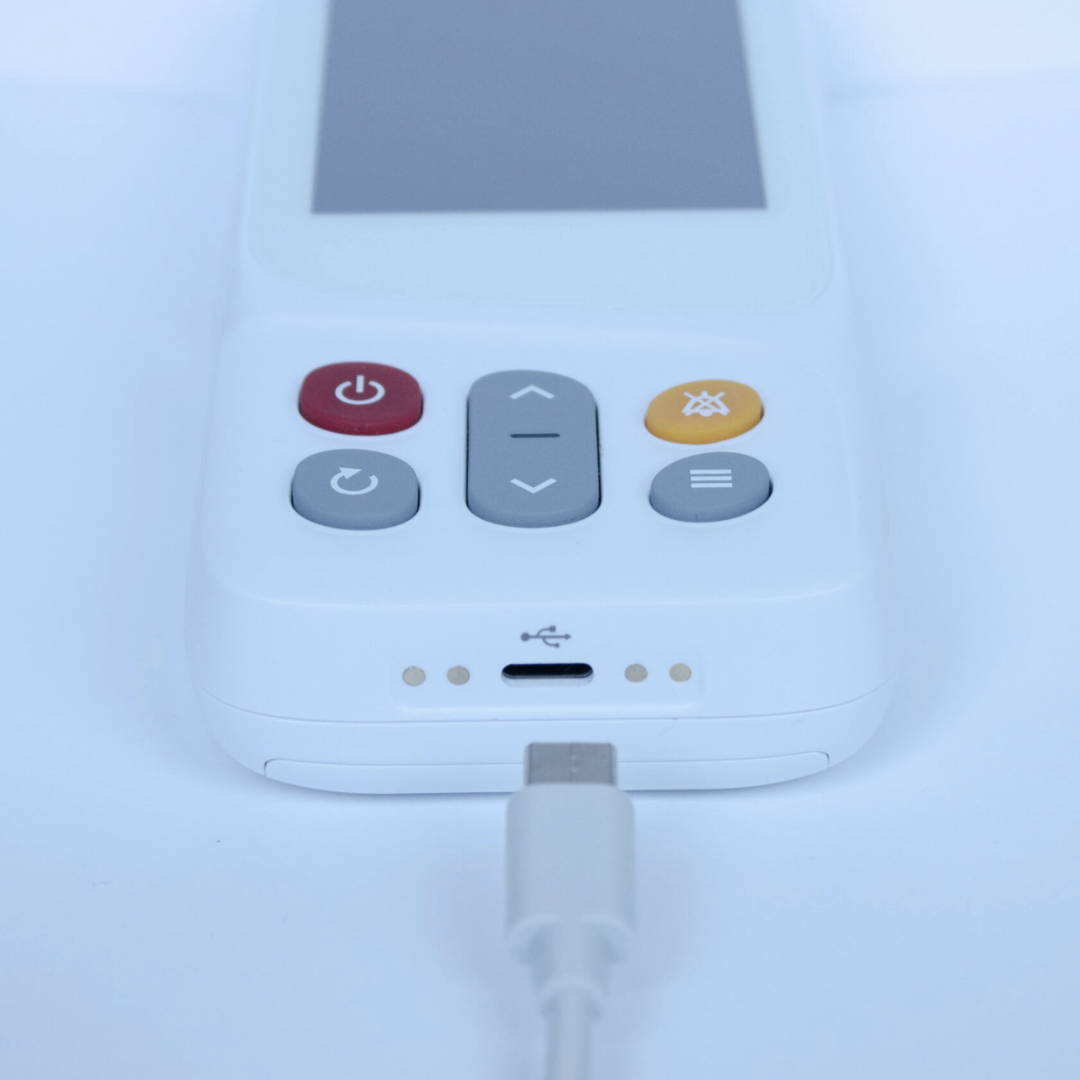
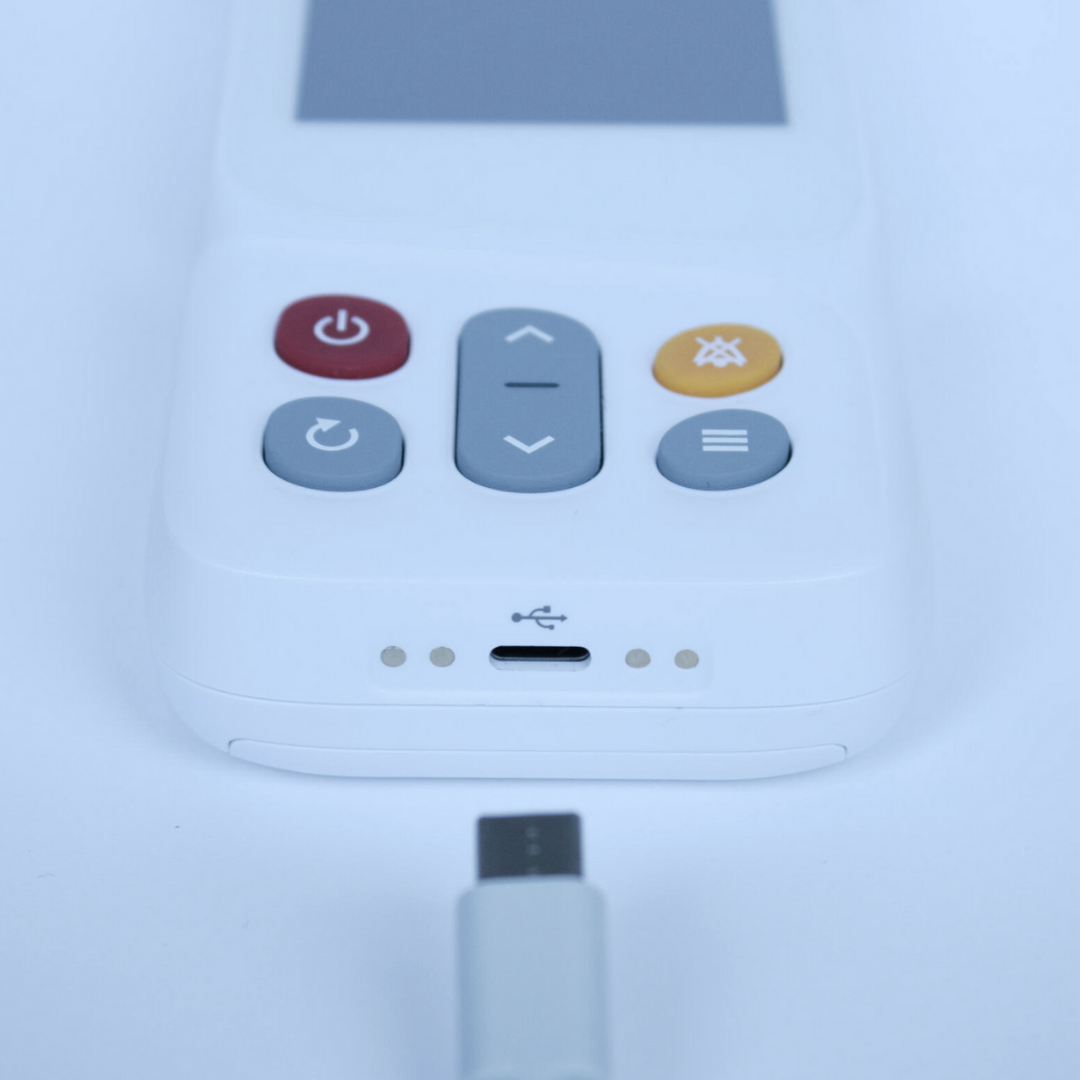
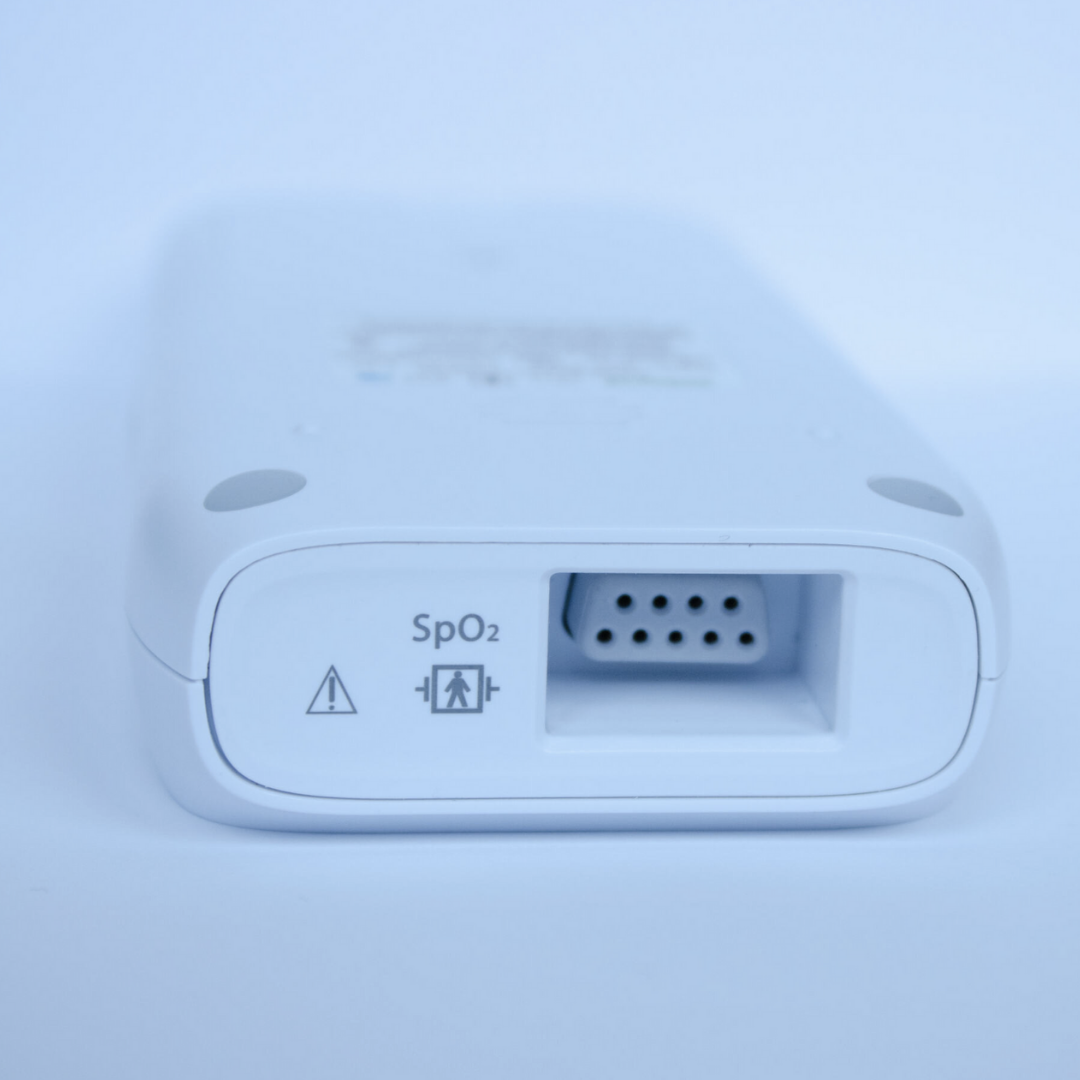
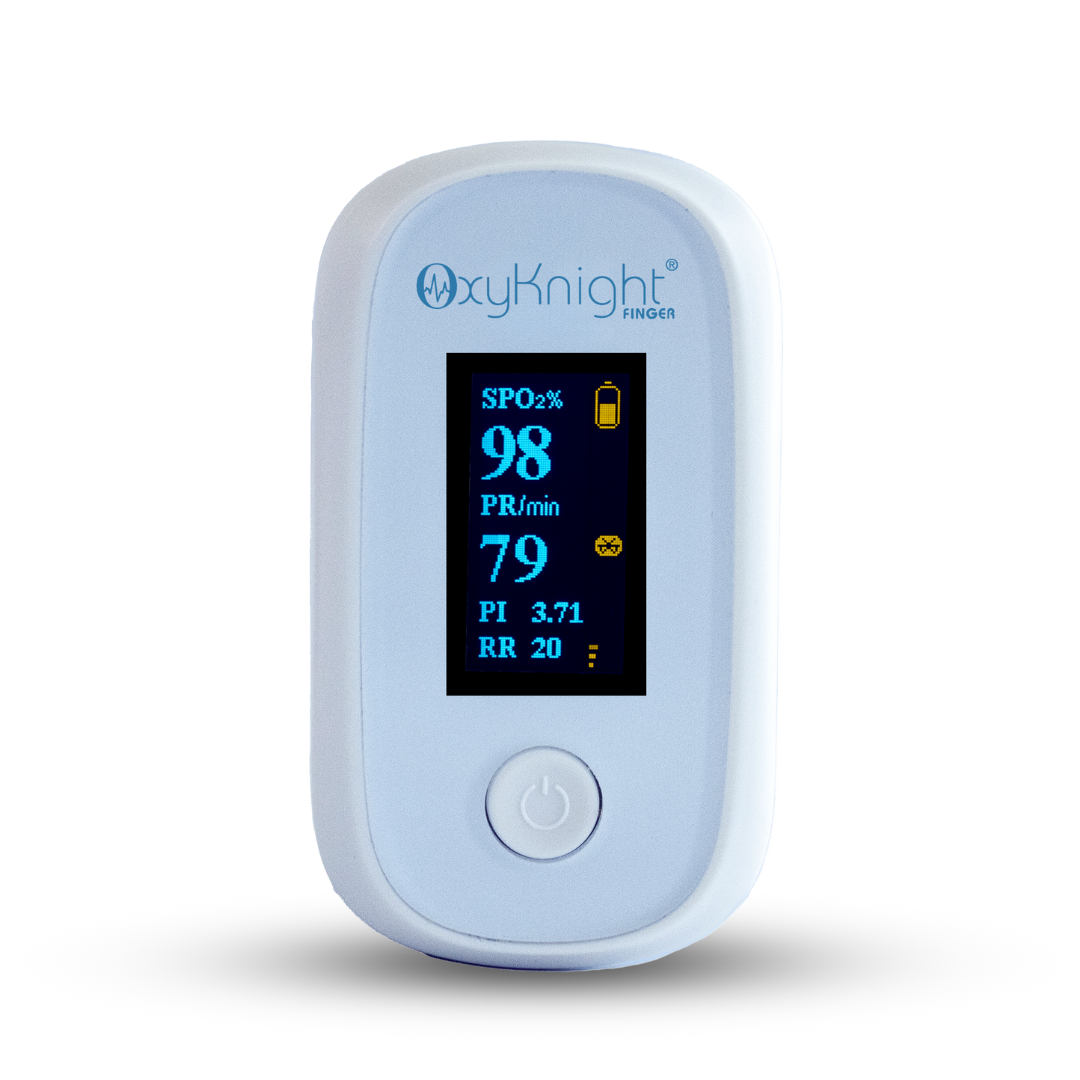
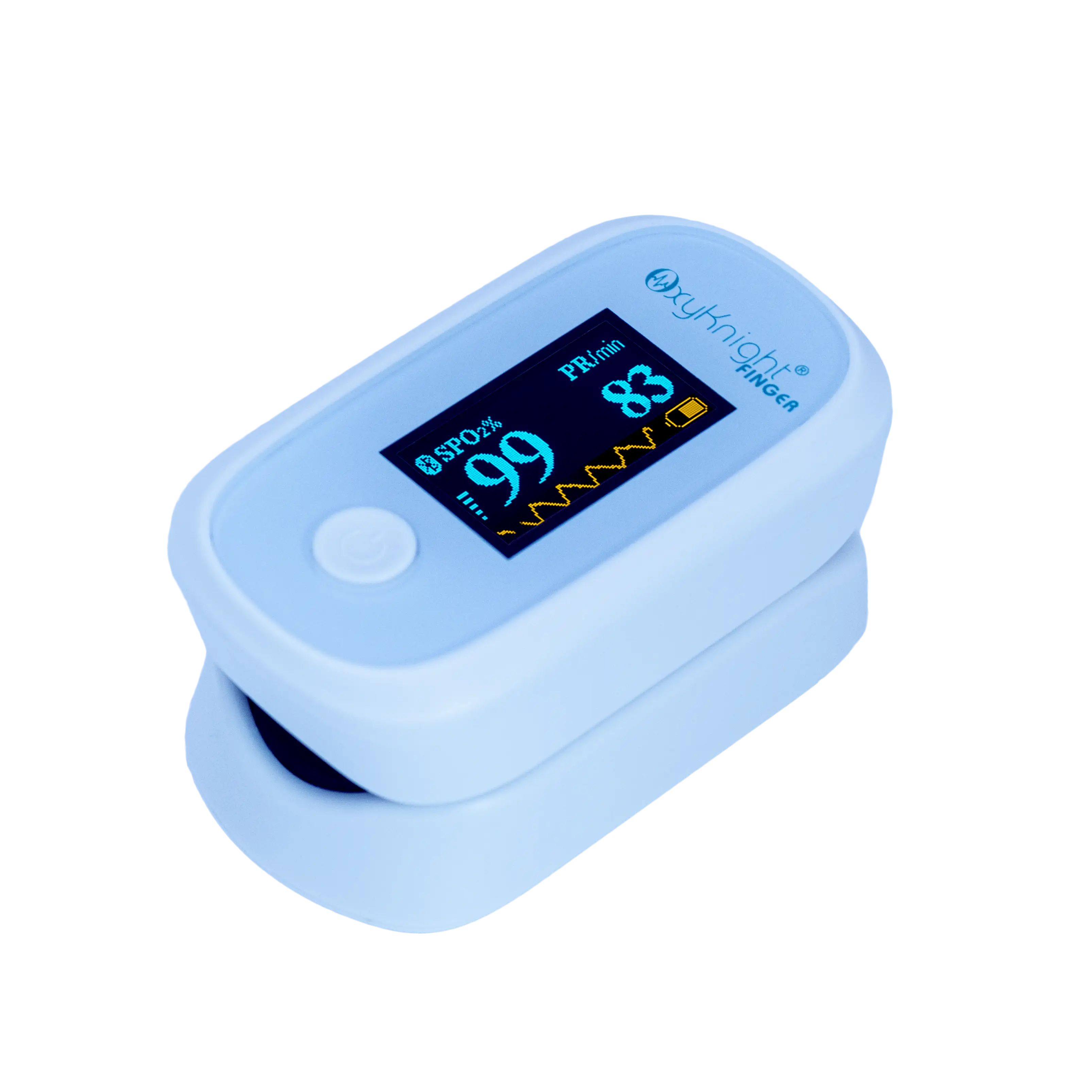
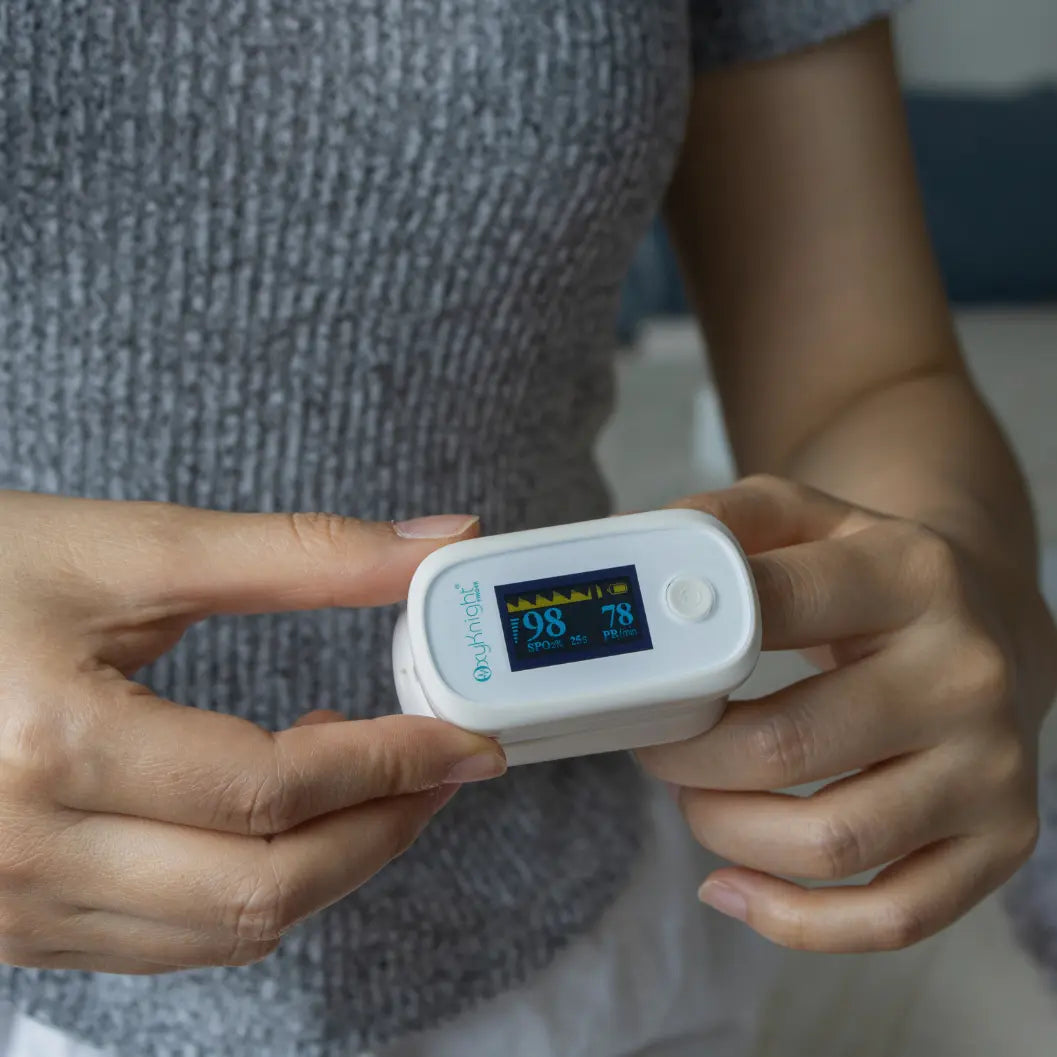
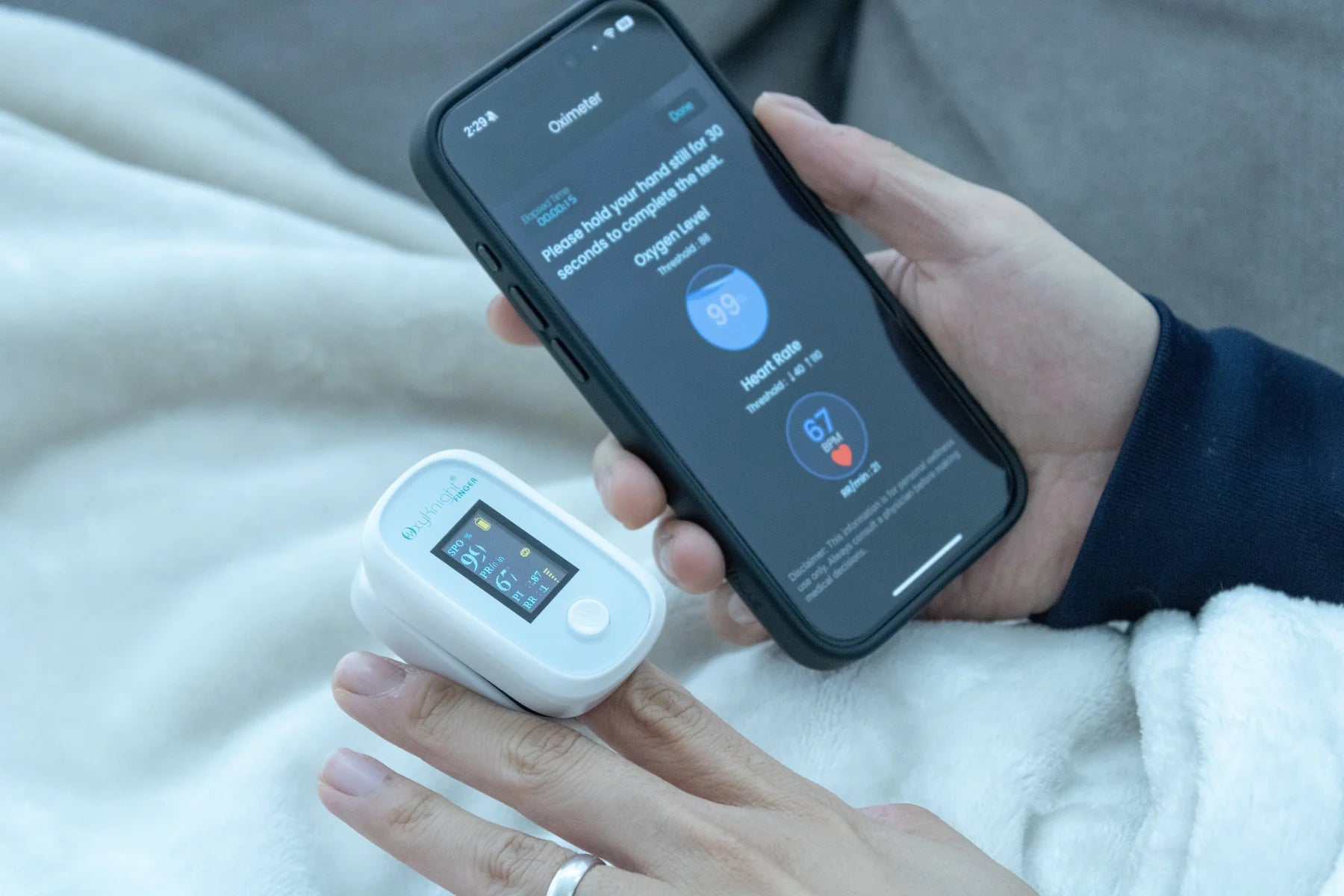
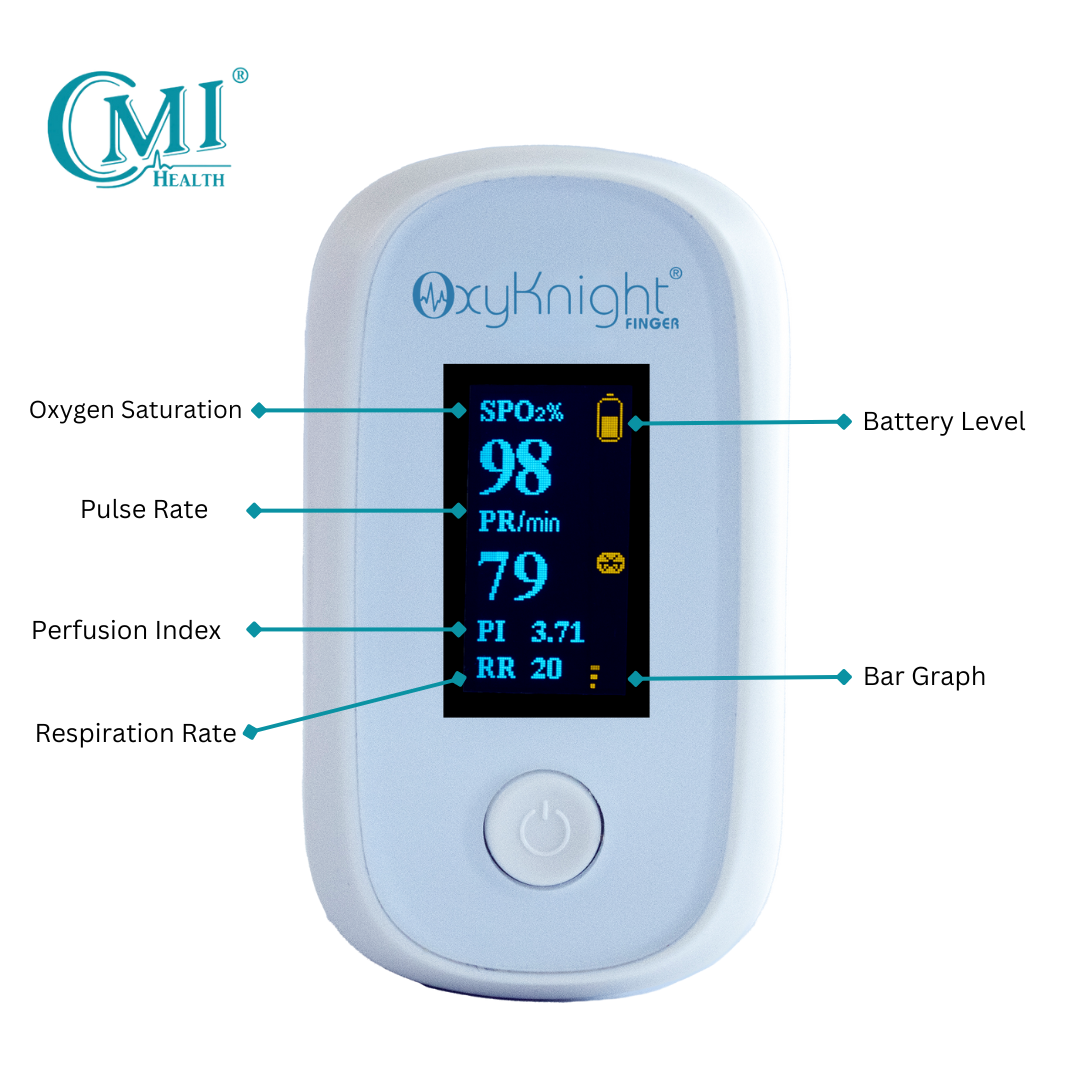
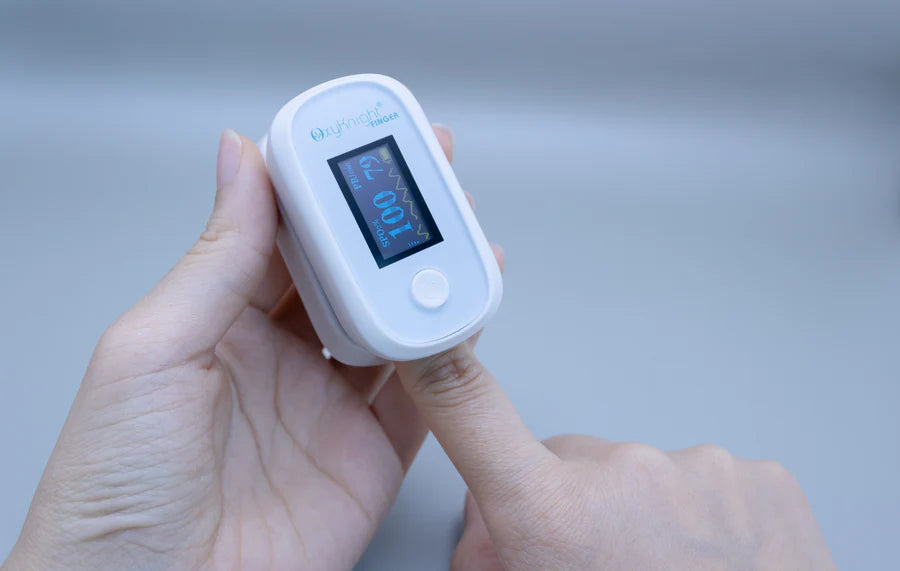
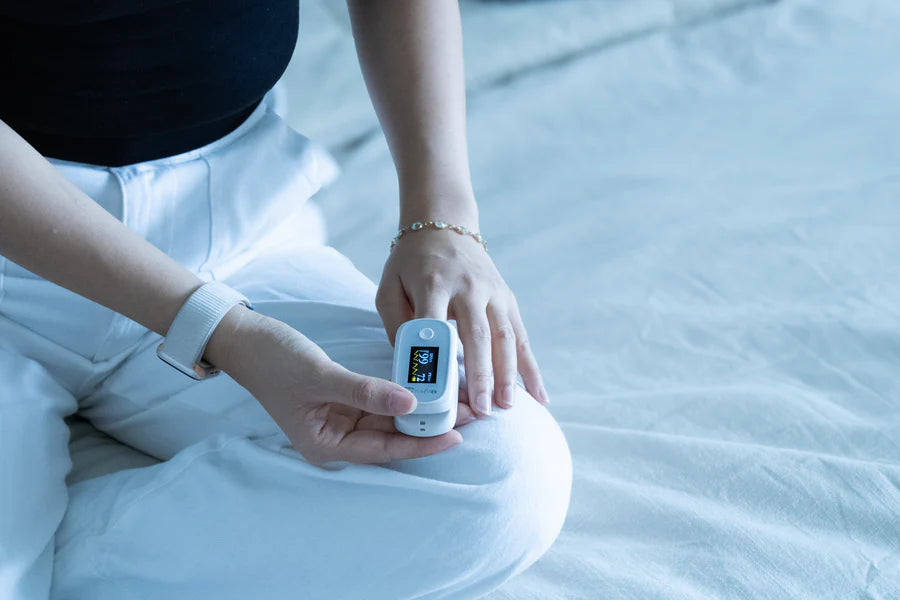
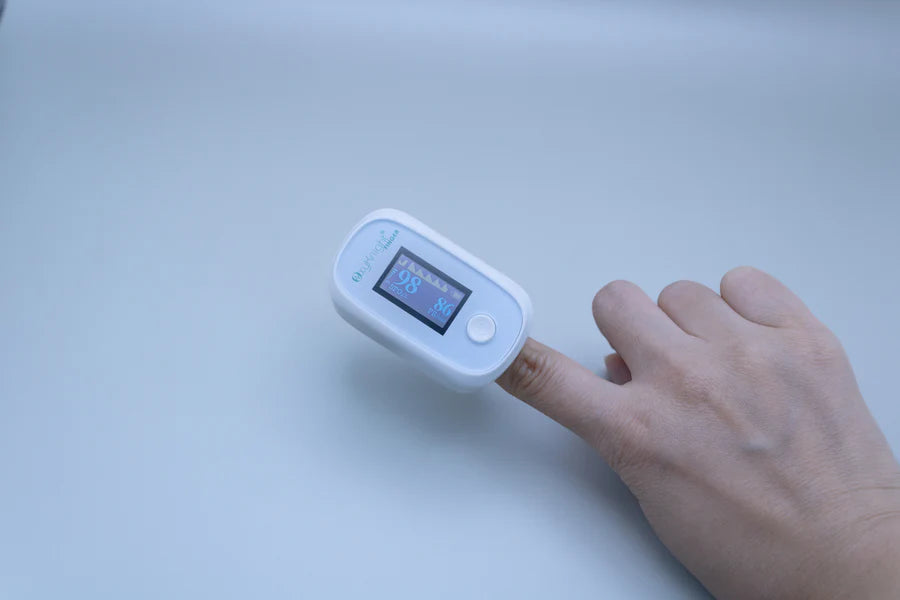
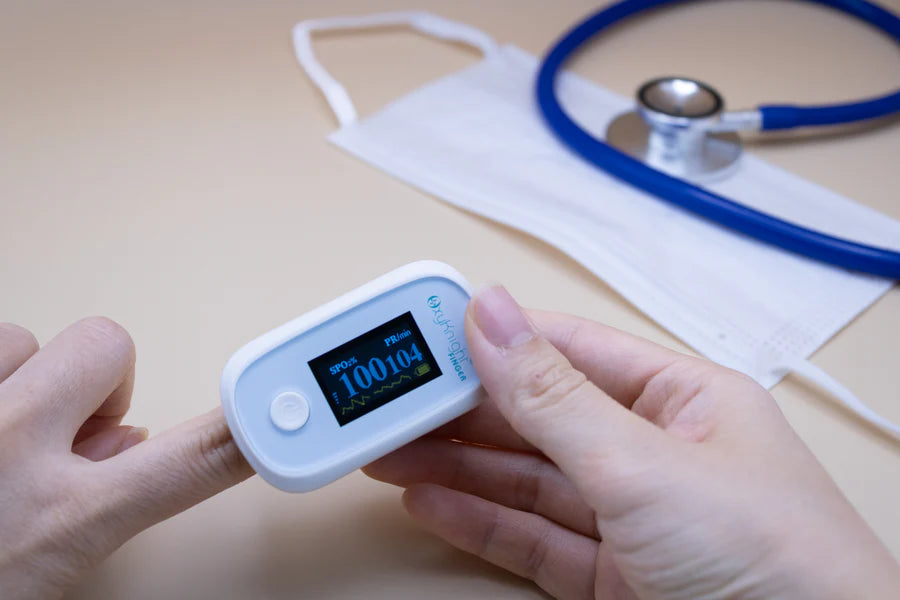
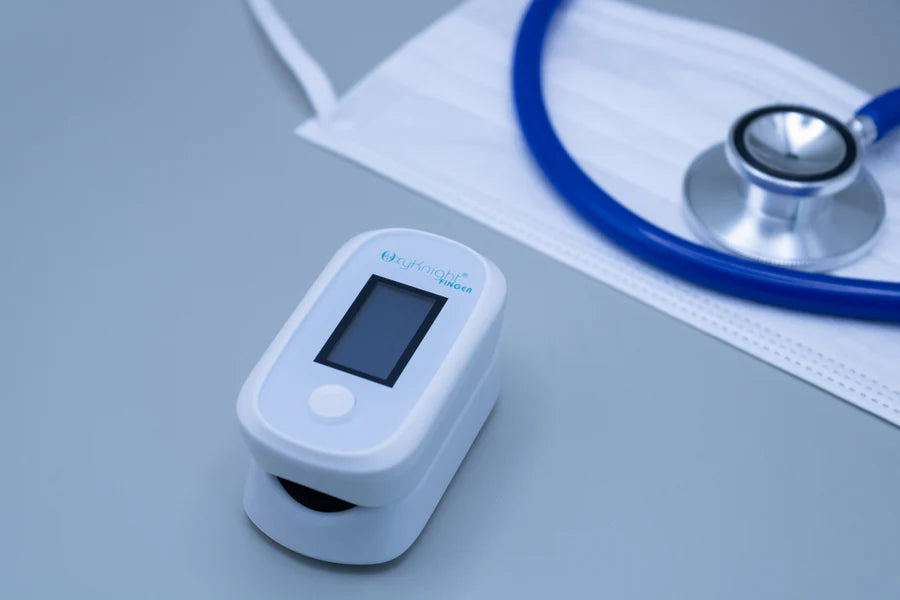

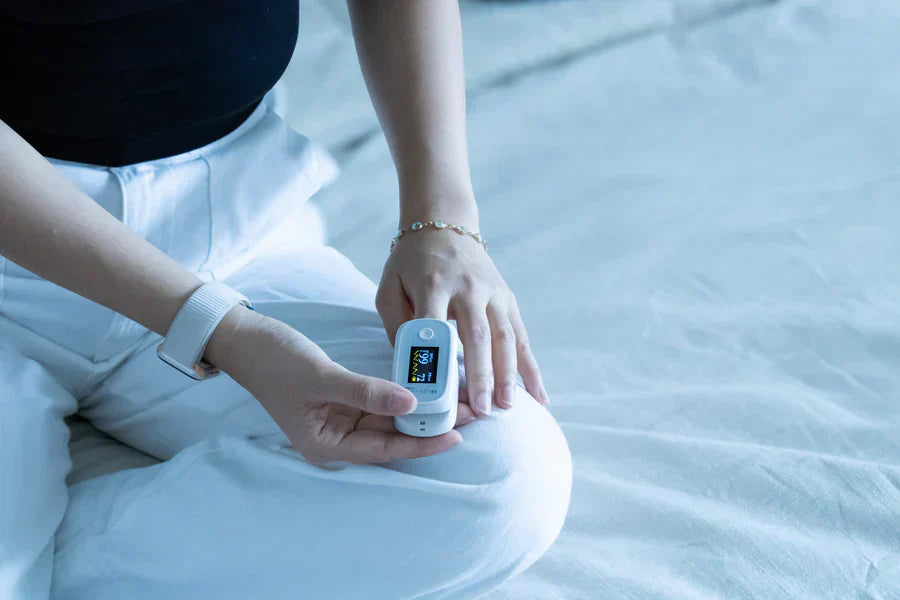
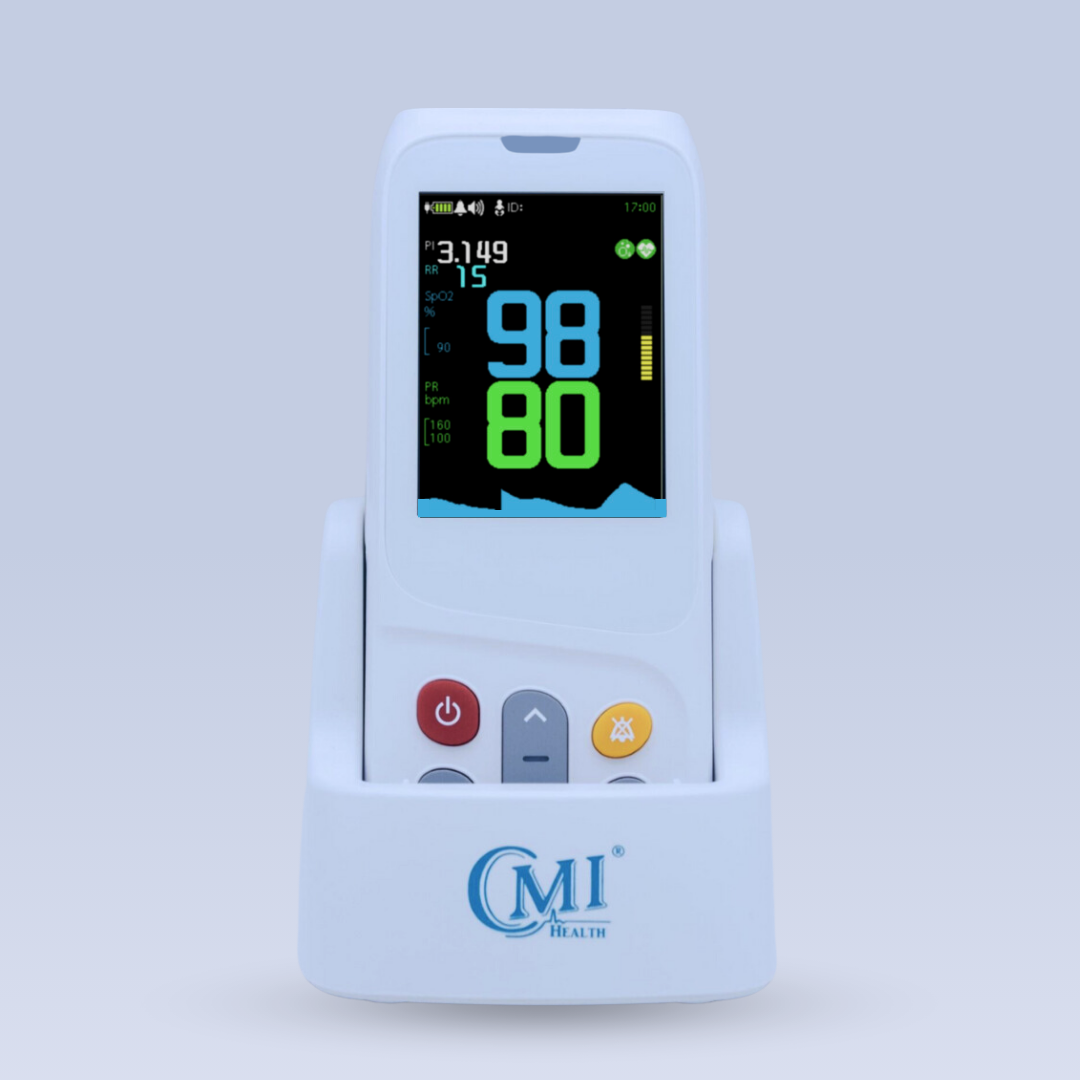
Leave a comment